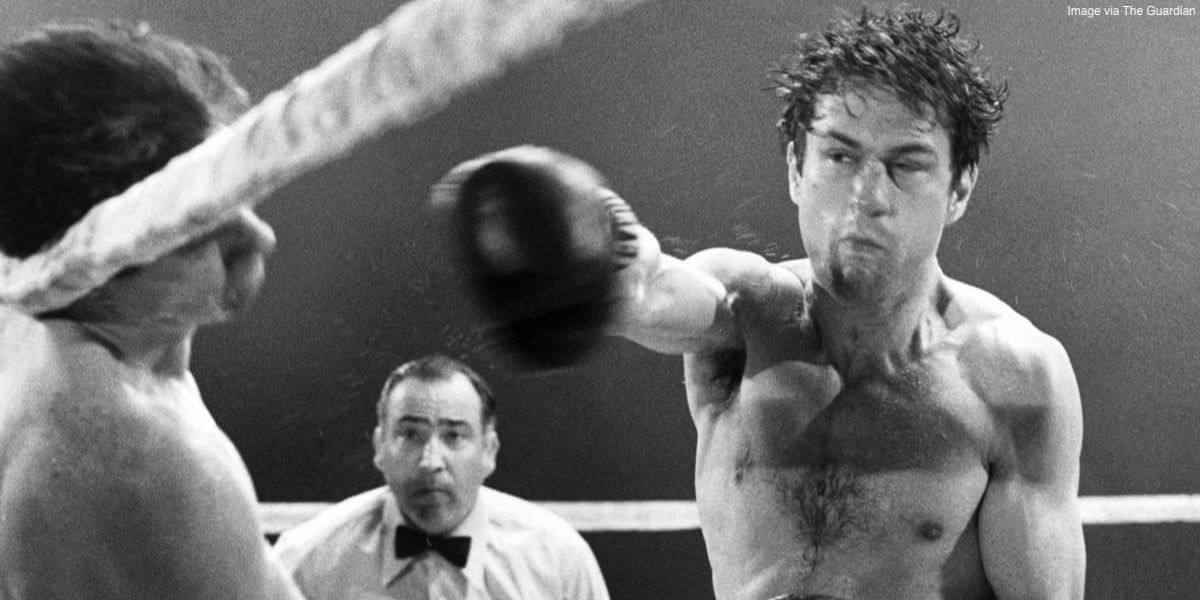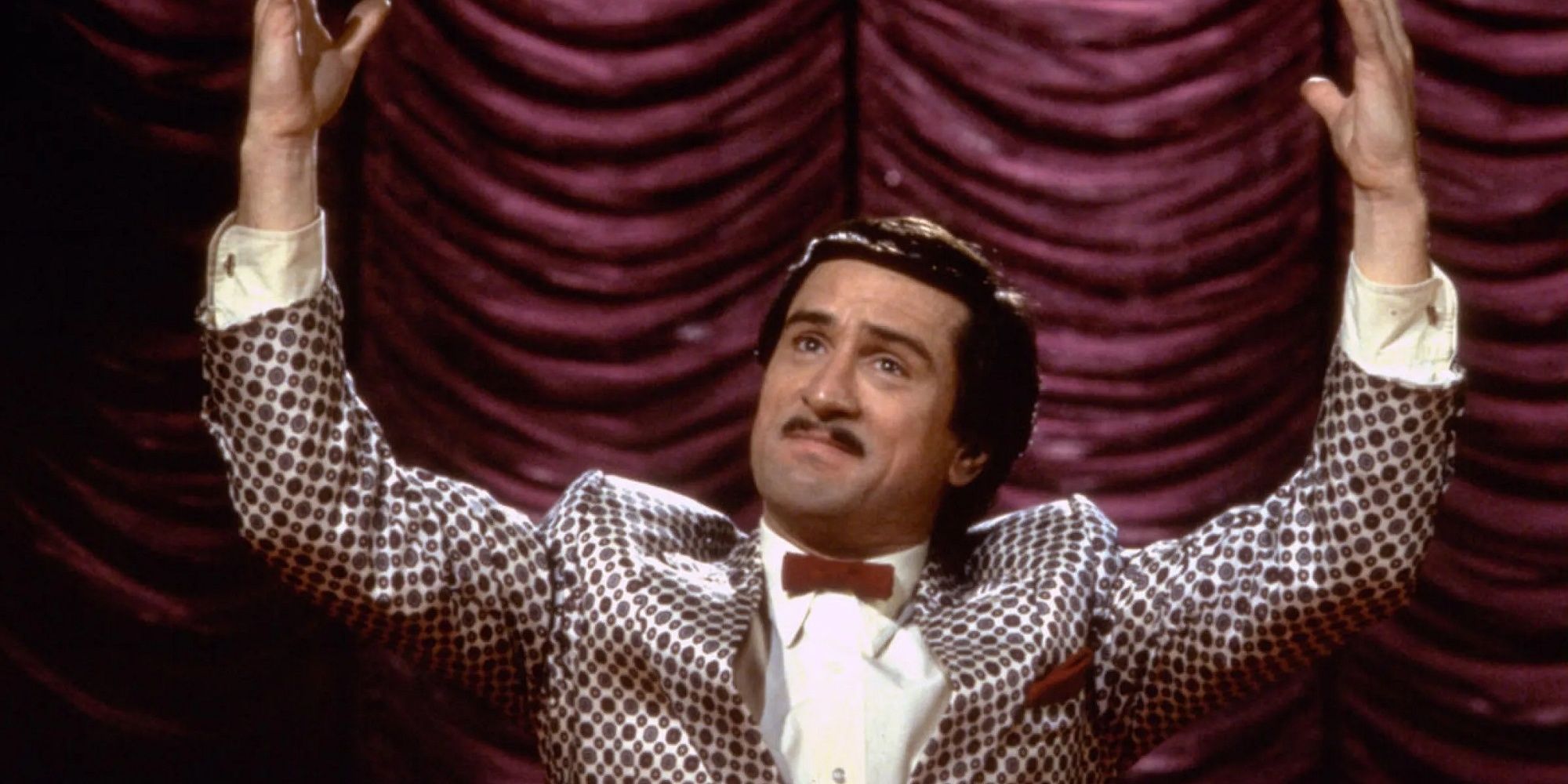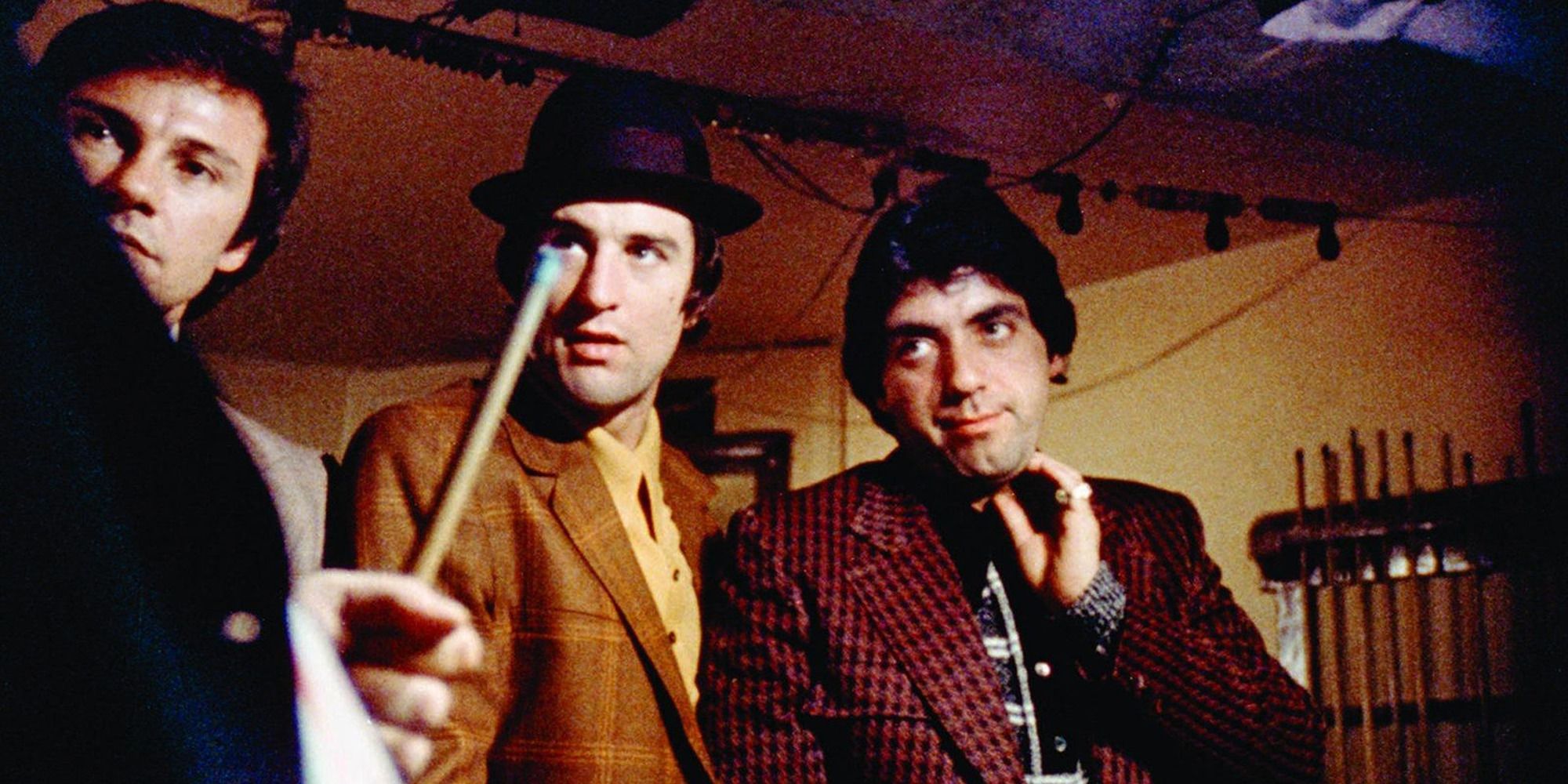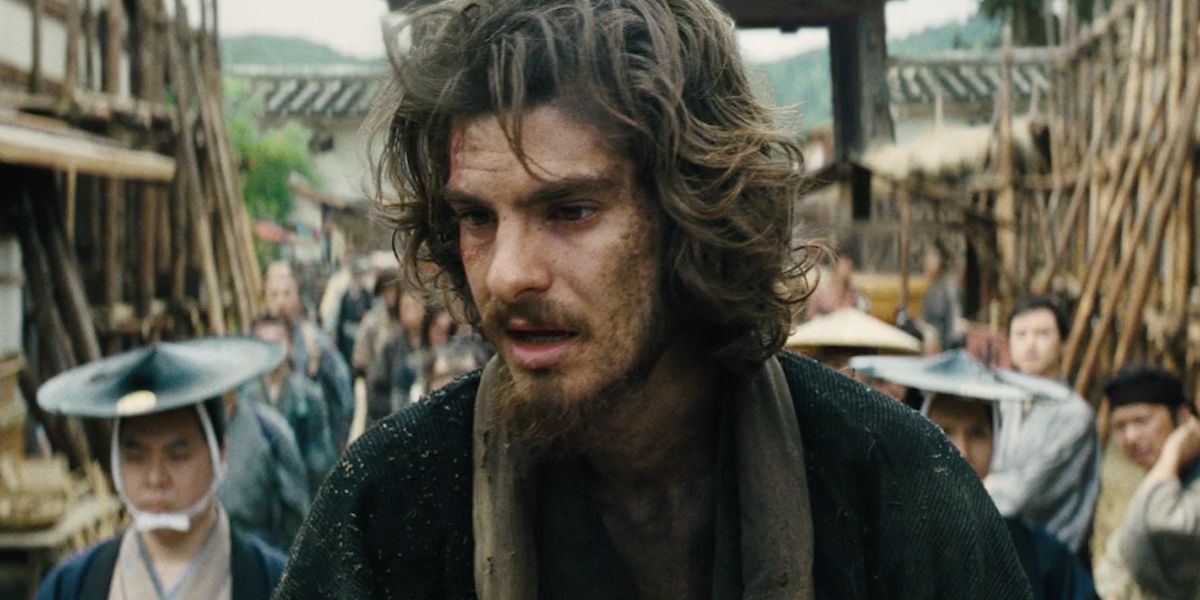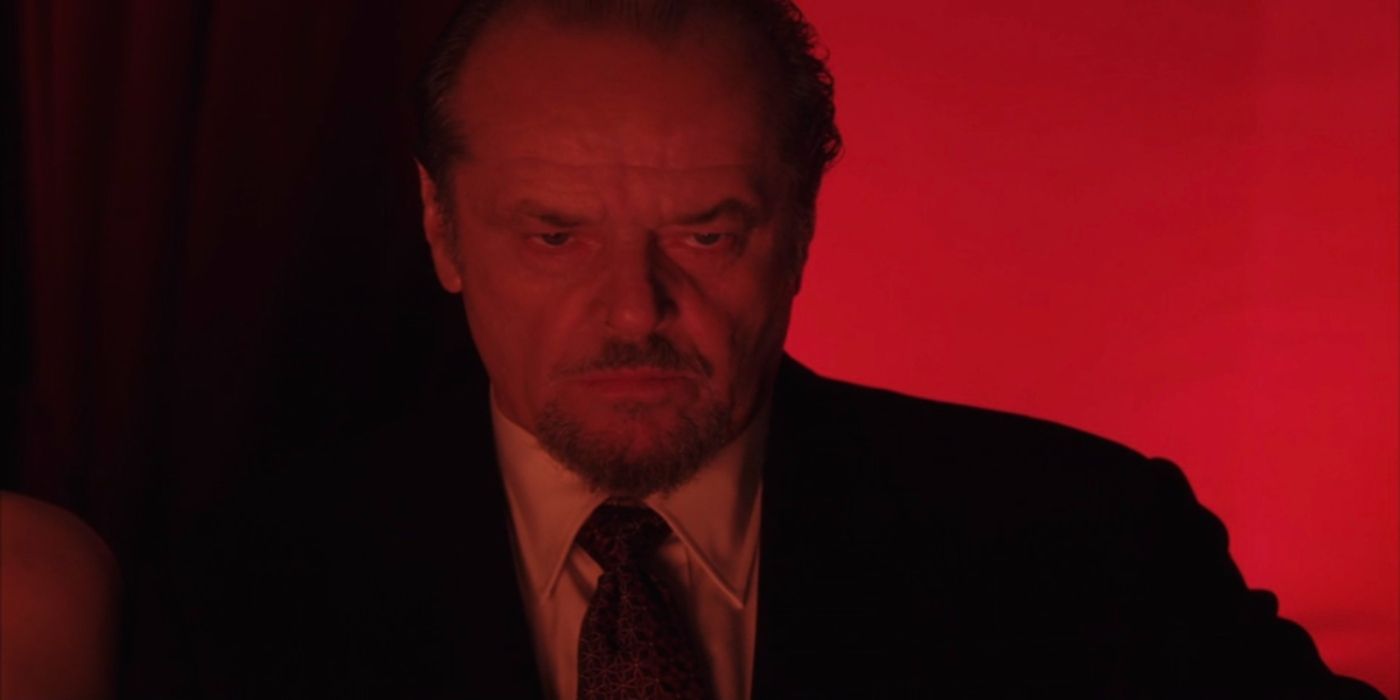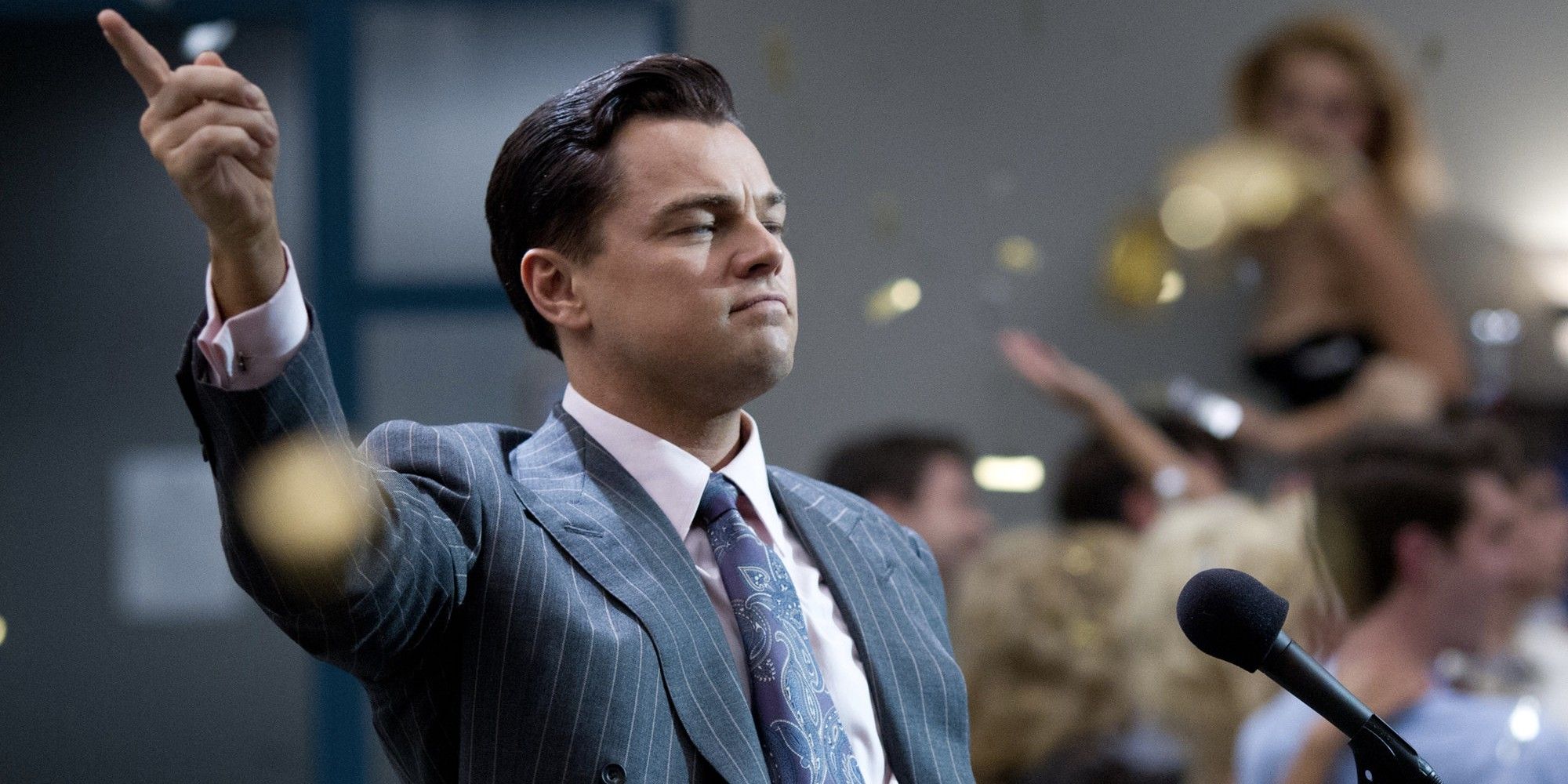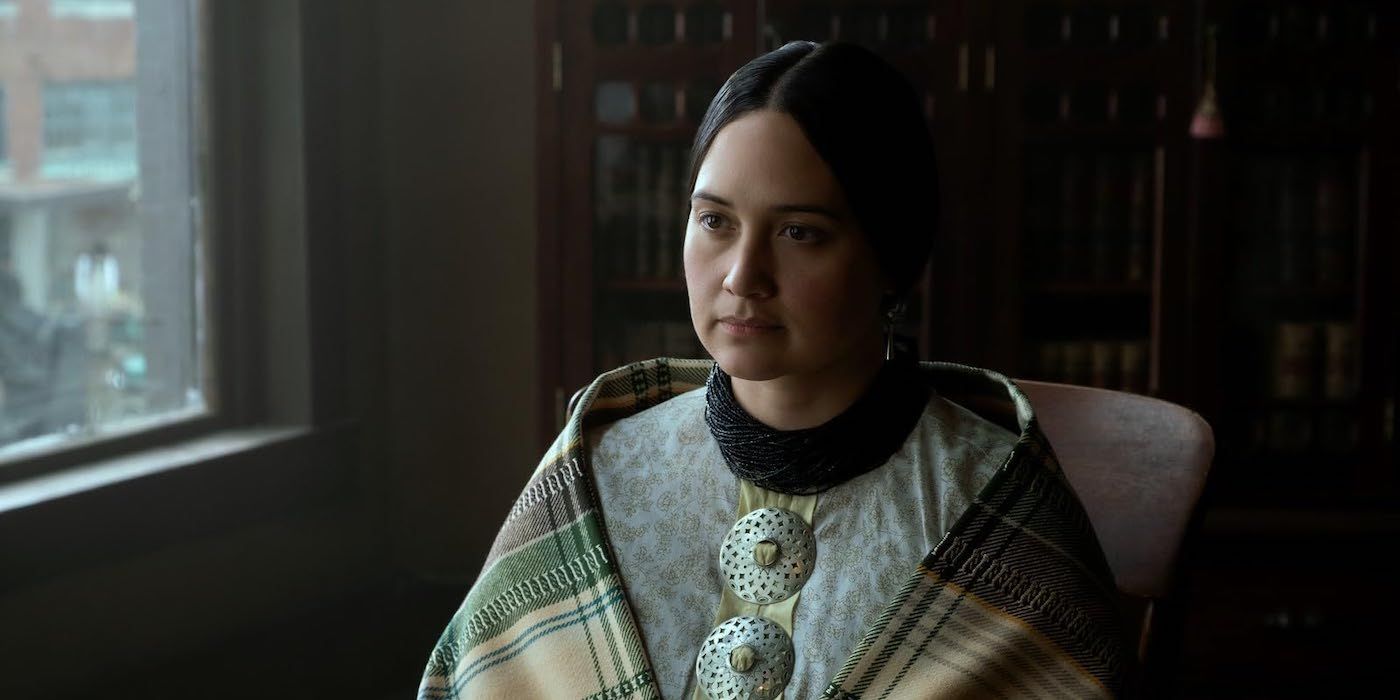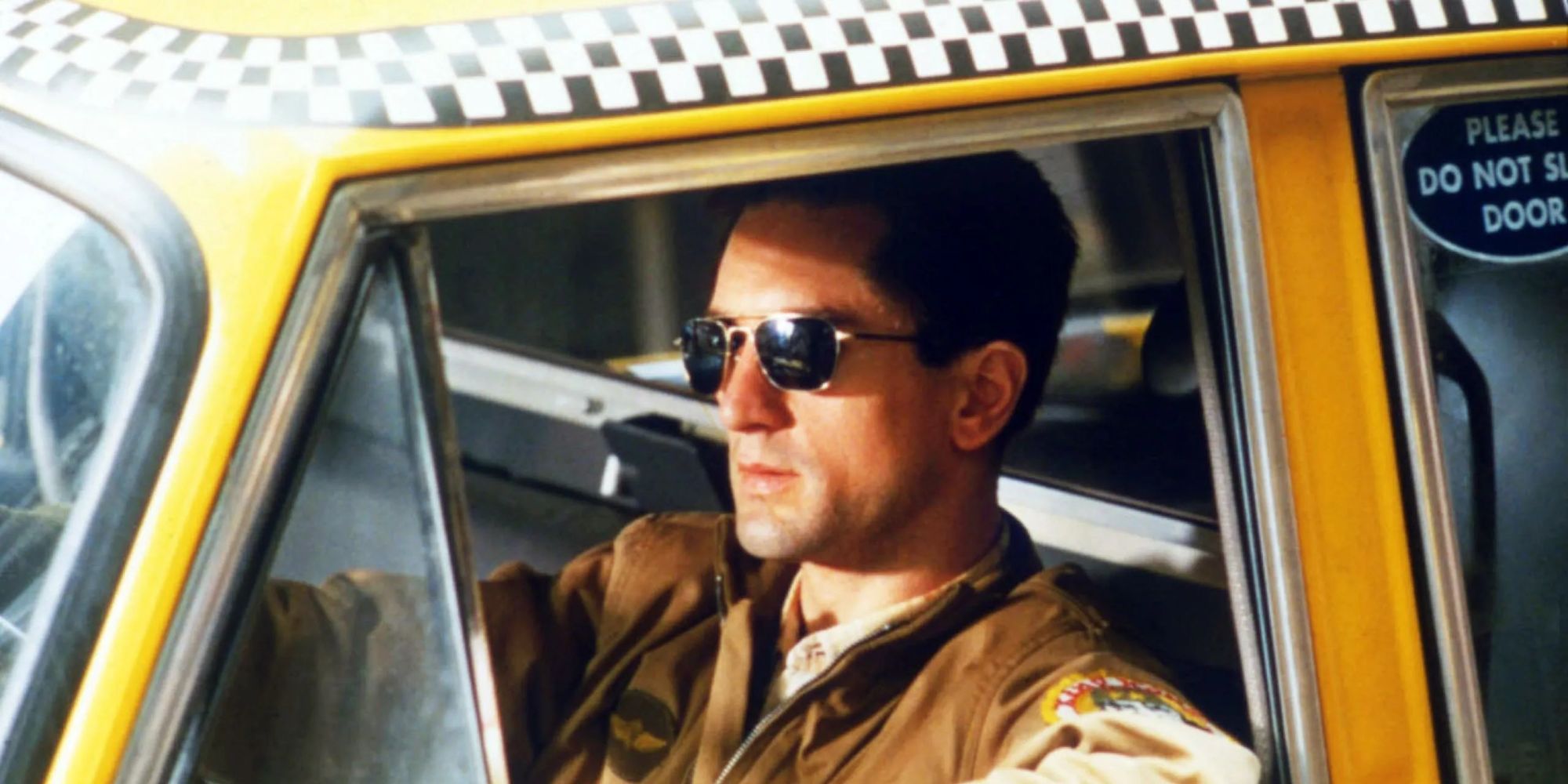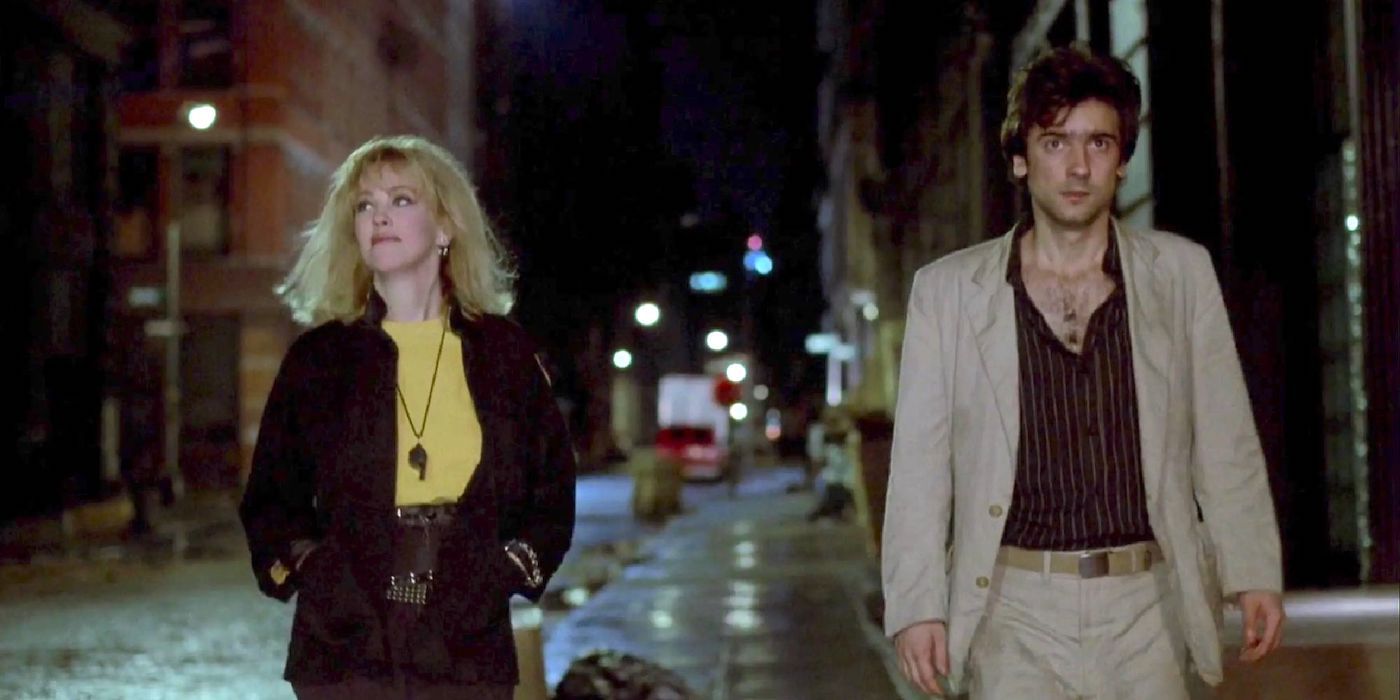The title of “auteur” may get thrown around a lot these days, but directors with a consistently clear and well-executed cinematic vision are harder to come across than it seems. That’s exactly what makes filmmakers like Martin Scorsese, director and co-writer of Killers of the Flower Moon, so treasured. Over the course of his long and enduring career, Scorsese has directed 27 feature films, many of them have proven the test of time and attained classic status.
Though he reinvents himself with every new project, it’s undeniable that Marty’s work is full of motifs and trademarks that carry over from film to film. Some of these come in the form of technical choices meant to enhance the aesthetic impact of certain moments, while others appear as thematic relatives with big or small variations. Regardless, they all, in one way or another, have come to define his unique cultural footprint.
10 Tracking Shots
Best Example: ‘Good Fellas’ (1990)
It’s apparent that Scorsese loves to use a nice, well-executed tracking shot, having done so in several of his movies. In simple terms, a tracking shot is a technique that involves moving the camera so that it follows a subject or explores a certain space.
Though his most famous use of this technique is the iconic Copacabana scene from Goodfellas, he’s used this move to great effect many times in his filmography, sometimes in ways that communicate with his prior work. In 2019’s The Irishman, for example, the thrill and excess of the Copacabana tracking shot is mirrored with a slow, meditative tour through a nursing home. One less-talked-about yet stellar example is in Gangs of New York, during a single-take shot following a group of young soldiers as they get ready to depart towards what will likely be a tragic and bloody end.
Watch On Philo
9 Freeze Frames
Best Example: ‘Raging Bull’ (1980)
When done poorly, it’s one of the cheesiest flourishes one could add to a movie, but when done thoughtfully, it can yield genuinely impactful moments. Fortunately, Scorsese has the freeze-frame down to a science and has used it in scenes as one would punctuation in a sentence.
In the opening of The King of Comedy, the technique is implemented to slam the brakes on an overstimulating moment; in Raging Bull, it allows the audience to see flashes of recognizable moments in history. It’s an effect that sometimes feels like his films are taking a moment to exhale, and other times feels like they’re holding their breath.
Watch On Prime Video
8 Robert De Niro
Appeared in 10 Feature Films & 1 Short Film
The relationship between a director and actor is essential to any film, but not every pairing is able to achieve the amount of sheer chemistry that was forged between Martin Scorsese and Robert De Niro. Their 50-year bond goes beyond the screen, too. In the wake of negative criticism of his 1977 musical drama, New York, New York, Scorsese hit a momentary rock bottom in his career and personal life. De Niro, in part, challenged the director to return to his ambitions and move forward by making Raging Bull; a cornerstone of the pair’s cinematic partnership.
Through decades of collaborations, De Niro’s presence itself has become tied to the director’s work. He’s given Scorsese some of his career-best performances, which in turn helped define some of Marty’s career-best movies. From Taxi Driver in the 70s to Raging Bull in the 80s to 2023’s Killers of The Flower Moon, this duo remains as dynamic as it gets. With as many Scorsese flicks as he’s in, however, don’t expect to see De Niro pop up at any point during The Departed or Gangs of New York; the legendary actor turned both potential collaborations down.
7 Graphic Violence
Best Example: ‘Mean Streets’ (1973)
One of the most obvious patterns in his films, Scorsese has never been the filmmaker to shy away from onscreen violence. Often reflective of incidents he witnessed growing up in Little Italy, he typically showcases brutality not to glorify it, but to illustrate harsh truths in the stories he tells.
Even in his early days, such as in his casually bloody short film The Big Shave, shocking scenes of gore served to comment on the dark side of human behavior. The Departed, for example, uses violence to portray the cyclical consequences of its character’s sins, while Mean Streets sheds light on the reality of low-level mob life. Interestingly, the creation of the latter was aided by the legendary Francis Ford Coppola, who helped finance the film.
Mean Streets
- Release Date
- October 14, 1973
- Director
- Martin Scorsese
- Cast
- Robert De Niro, Harvey Keitel, David Proval, David Carradine
- Rating
- R
- Runtime
- 112 minutes
Rent On Amazon Prime
6 Religious Themes
Best Example: ‘Silence’ (2016)
A not-as-talked-about motif in many Scorsese pictures is the observation of religion and spirituality. Coming from a Catholic background, much of his portrayal of the subject appears in the form of Christ-centered imagery and themes. The director will continue with this exploration, stating in a 2023 press conference that “I have responded to the Pope’s appeal to artists in the only way I know how: by imagining and writing a screenplay for a film about Jesus.”
In 2016’s Silence, these themes are brought to light through the story of two Christian missionaries whose chosen faith threatens their lives. In the wildly controversial The Last Temptation of Christ, the subject of religion is the vehicle through which Scorsese contemplates the very idea of humanity. While the film was received well critically, its content (which takes many liberties with the text upon which it’s based) rustled feathers among Christian audiences to say the least, causing it to be condemned by many influential figures, including Mother Teresa herself.
Watch On Paramount+
5 Morally Corrupt Protagonists
Best Example: ‘The Departed’ (2006)
Though many audiences seem to forget, by no means does the protagonist of a film have to be portrayed as a hero or even a good person, which Martin Scorsese knows all too well. When looking at the leading characters in his filmography, you’d be hard-pressed to find many typical Hollywood heroes in the mix.
From a self-absorbed stalker and political assassin in Travis Bickle to Jordan Belfort’s slimy reign as Wall Street’s titular “Wolf,” Scorsese’s protagonists who aren’t really people that you’d want to be friends with in real life. That’s not even mentioning the leads of his mob movies, who are just about as noble as one would expect. What often sets these characters apart, however, is their complexity. Whether it’s their wit, charm, seemingly enviable lifestyle, or simply a “cool” factor, there’s often something about these figures that at least makes them interesting to watch as they do terrible things.
The Departed
- Release Date
- October 5, 2006
- Director
- Martin Scorsese
- Cast
- Leonardo DiCaprio, Matt Damon, Jack Nicholson, Mark Wahlberg, Martin Sheen, Ray Winstone
- Rating
- R
- Runtime
- 150
Watch On Philo
4 Foul Language
Best Example: ‘The Wolf of Wall Street’ (2013)
If you were to throw a dart at a spinning wheel with all of Scorsese’s film titles, the chances of nailing a film rated R for language are pretty darn high. Considering many of his stories involve theft, murder, and just about any other crime you can think of, excessive profanity shouldn’t be very surprising either.
Scorsese has effectively used foul language to heighten some of his films’ most intense moments, as well as some of their funniest. The Wolf of Wall Street at one point held the world record for the most F-bombs in a single movie, with a staggering 569 uses of the word over the course of its 180-minute runtime. An article from Vulture even breaks down The Wolf of Wolf Street’s vulgarity even further, from the total number of curse words throughout the film (687) to the most profane character (Jordan, 332 curses).
The Wolf of Wall Street
- Release Date
- December 25, 2013
- Director
- Martin Scorsese
- Cast
- Leonardo DiCaprio, Matthew McConaughey, Margot Robbie, Jonah Hill, Cristin Milioti, Jon Bernthal
- Rating
- R
- Runtime
- 179
Watch On Netflix
3 Realism/True stories
Best Example: ‘Killers of the Flower Moon’ (2023)
While he has writing credits on some of his best work, even Scorsese himself has talked about how he doesn’t view himself as much of a writer. Rather, he openly discusses how he tends to be drawn to others’ stories, as evidenced by the fact that many of his films are based on real events.
Many of his crime films (Mean Streets and Goodfellas for example) are inspired by people and places that he grew up around, which helps his stories attain a level of authenticity that isn’t easy to fake. Outside his own personal experiences, he also draws from true stories found in books, such as he did with Killers of the Flower Moon, Shutter Island, and Silence. The influence of real life people and stories even finds its way into the most fictitious of his works, with Jack Nicholson’s character in The Departed drawing heavy inspiration from real-life gangster, Whitey Bulger.
Killers of the Flower Moon
- Release Date
- October 20, 2023
- Director
- Martin Scorsese
- Cast
- Leonardo DiCaprio, Robert De Niro, Lily Gladstone, Jesse Plemons, John Lithgow, Brendan Fraser, Tantoo Cardinal, Cara Jade Myers
- Rating
- R
- Runtime
- 206 minutes
Buy Tickets Now
2 Voiceover/Narration
Best Example: ‘Taxi Driver’ (1976)
Another filmmaking device that can work to make a movie either more narratively rich or eye-rollingly corny is the use of narration. In the hands of a director like Scorsese, however, it’s basically always the former. The most famous use of narration in his films by far is in Goodfellas, which proves to be an effective choice right from the opening scene.
Like other aspects of the film, he also mirrors this in The Irishman with Frank Sheeran’s running voiceover. In Taxi Driver, the technique helps put viewers in the mind of a man who has deluded himself to the point of madness. In The Wolf of Wall Street, he uses voiceover to showcase the story’s thoroughly unreliable narrator, making the audience wonder if they themselves are being fooled by the silver-tongued businessman.
Taxi Driver
- Release Date
- February 9, 1976
- Director
- Martin Scorsese
- Cast
- Robert De Niro, Jodie Foster, Cybill Shepherd, Harvey Keitel, Leonard Harris, Peter Boyle
- Rating
- R
- Runtime
- 113
Rent On Prime Video
1 Dark Humor
Best Example: ‘After Hours’ (1985)
Though he’s made movies about some of the darkest and most reprehensible aspects of people and the society they live in, somehow Marty manages to incorporate some weirdly funny moments in a lot of them. This is probably the best time to shed some light on After Hours, Scorsese’s wildly entertaining dark comedy film from the mid-80s. While almost nothing that happens to the film’s protagonist would be funny if it happened to anyone in real life, it’s just so entertaining to watch as fiction.
Such is the case with other Scorsese titles such as the absurdly satirical Wolf of Wall Street and cartoonishly Bostonian The Departed. If there was ever any doubt that Marty doesn’t sometimes keep humor in mind while crafting even the most violent of scenes, Spike Lee’s retelling of a laugh they shared (starting around the seven-minute mark) during the making of a particularly gruesome moment is proof that he knows exactly what he’s doing.
Rent On Prime Video
Source link

